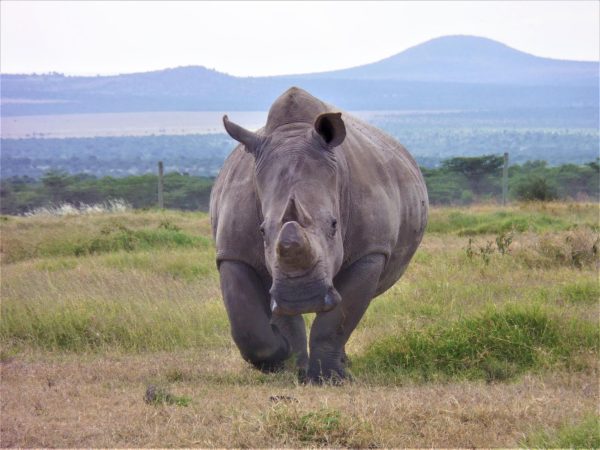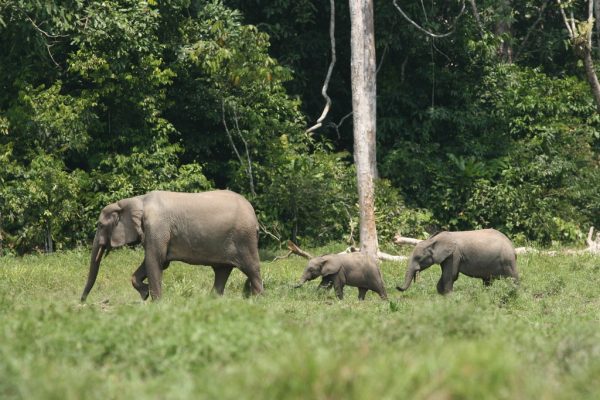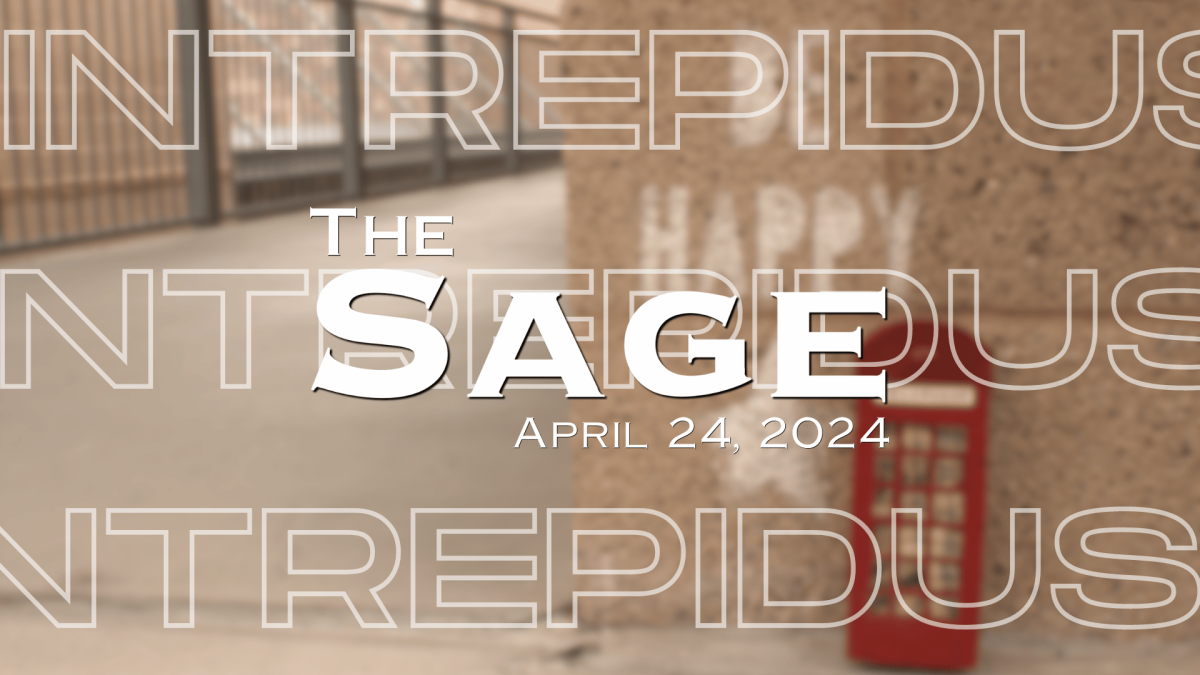Over human history, humans have used, domesticated and driven animals to extinction. Like the infamous dodo bird that was pushed from its habitat into extinction by human influence in the 1600s, or the Barbary Lions which are now extinct in the wild, at least 680 species have gone extinct by human actions.

Although humans have certainly harmed the planet, there are beneficial aspects of their impact. Here in Southern California, the San Diego Zoo is working to revive the northern white rhino species, whose numbers have dwindled due to poaching; only two living females are left. They now reside in Kenya.
According to Courtney Goode, the biology and marine science teacher here at Sage Creek, “They’re mating sperm and egg cells and basically creating a test tube baby, and they’re putting that baby into a southern white rhino.”
Future and Edward, two southern white rhino calves, have already been born through artificial insemination of a female white rhino by the Northern White Rhino Initiative.
These births bring hope that through science and determination, the San Diego Zoo and partners can save the northern white rhino.
Outside of poaching, humans have harmed animals in unintentional ways. In Los Angeles, a company called Montrose Chemical Corporation produced a chemical called dichlorodiphenyltrichloroethane (DDT) from 1947 to 1982. DDT is most commonly used to kill insects such as mosquitoes and termites.

Patty Mata, a project manager at environmental testing company Enthalpy Analytical, which works on projects all across Southern California, goes into detail about the significance of Montrose. Mata explains that “this facility was making so much DDT and it was running off the site every time it rained, pulling the DDT with it. It actually went out into the ocean.” The runoff ran into the beaches and spread through the ocean around Torrence and Palos Verdes, eventually reaching Catalina Island.
DDT’s byproduct, DDE can bioaccumulate in bird species, meaning the content of DDE increased in the birds’ bodies, and the bald eagles on Catalina Island were gravely affected. Mata breaks down the dangers of DDT in birds: “DDT causes the eggshells for the eagles to be fragile and they end up breaking before the eagles are completely formed.”
The breeding bald eagles had completely disappeared from Catalina Island by the late 1950s.
Luckily, according to the Catalina Island Marine Institute, the eagles were reintroduced to the island in the 1980s, and the first baby eagles were hatched without human help in 2007.
Even now with the variety of efforts to protect endangered animals, many are on the path to extinction. One animal that is endangered, despite numerous organizations trying to protect it, is the elephant, specifically the African forest elephant.

According to Goode, “we are losing 10 percent of elephants every year.” This is mainly due to poaching and habitat loss.
Elephants are a keystone species, meaning that they have an invaluable role in their ecosystems, and without them, the fragile structure of their ecosystem would collapse. Other animals rely on their ability to “dig up watering holes with their tusks, so what they do benefits a bunch of other species,” explains Goode. The loss of elephants would be incredibly detrimental to ecosystems across Asia and Africa.
The creation of the White Rhino Initiative shows that humanity is willing to fix previous mistakes and save species that have been pushed toward extinction. The new advancements in cell science give researchers more options for the protection of the animal kingdom. So, even as some humans continue to harm animals, there is always hope for the rest of society to protect them.















